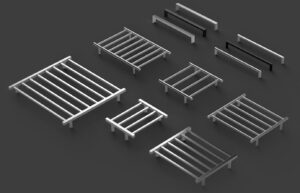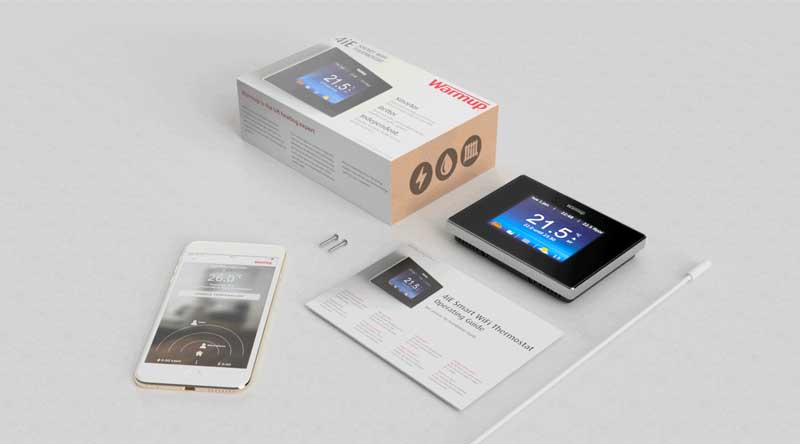Home
/
Miscellaneous questions
Why do single rail towel warmers have temperature variations?
Temperature Variation in Single Rail Towel Warmers

The variation in temperature of a Single Rail Towel Warmer may be due to a few factors:
- Wiring Configuration:
- In single rail towel warmers, the heating element is typically a wire or cable that enters the rail at one end, loops around inside, and exits at the same or the opposite end. This setup can lead to temperature variation because:
- Cold Tail Entry: The section where the unheated “cold tail” of the wiring enters the rail might be cooler. This cold tail is the part of the wire that does not heat up as it’s not part of the heating circuit. If the rail is not installed consistently, this entry point can shift, affecting where the coldest part of the rail is located.
- Heat Dissipation: Heat dissipates from the warmer part (where the active heating wire is) towards the cooler end where the wire exits or where the cold tail enters, creating a gradient of temperature along the rail.
- In single rail towel warmers, the heating element is typically a wire or cable that enters the rail at one end, loops around inside, and exits at the same or the opposite end. This setup can lead to temperature variation because:
- Installation Variability:
- Since the position of the cold tail entry can move with how the rail is installed, there can be inconsistencies in temperature from one installation to another or even within the same rail if reinstalled differently.
Why Infrared Thermometers may not be accurate:
- Surface vs. Interior Heat:
- Infrared thermometers measure surface temperature. In the case of a towel warmer with internal heating elements, this might not reflect the actual heat transfer to the towel, especially if the towel is thick or multi-layered.
- Emissivity Issues:
- The emissivity of the rail material might not match the thermometer’s setting, leading to inaccuracies in readings.
- Localized Readings:
- They capture the temperature at one spot. If that spot is near the cold tail or at a point where heat distribution is uneven, the reading won’t represent the average warmth.
Recommendations for testing the temperature variation of towel warmers:
- Using a Temperature Probe with a Towel:
- The factory suggests measuring temperature with a probe placed directly on or through the towel. This approach captures:
- Actual Towel Temperature: Since the aim is to warm the towel, measuring the towel itself gives a direct indication of how well the warmer is performing its primary function.
- Heat Retention: Towels can retain and redistribute heat, evening out some of the variations from the rail’s design. This method checks the practical warmth rather than just the rail’s surface temperature.
- The factory suggests measuring temperature with a probe placed directly on or through the towel. This approach captures:
This variation in temperature from end to end on single rail towel warmers, while regrettable, is indeed considered an industry standard in the design and operation of such devices.
Have any further questions? Contact Us for more information or check out our YouTube Channel for instructional videos!


![Thumbnail [200x250]](/wp-content/uploads/Indoor-Systems-Page-Image.png)
![Thumbnail [200x250]](/wp-content/uploads/image-13.png)
![Thumbnail [200x250]](/wp-content/uploads/Projects-Image.png)